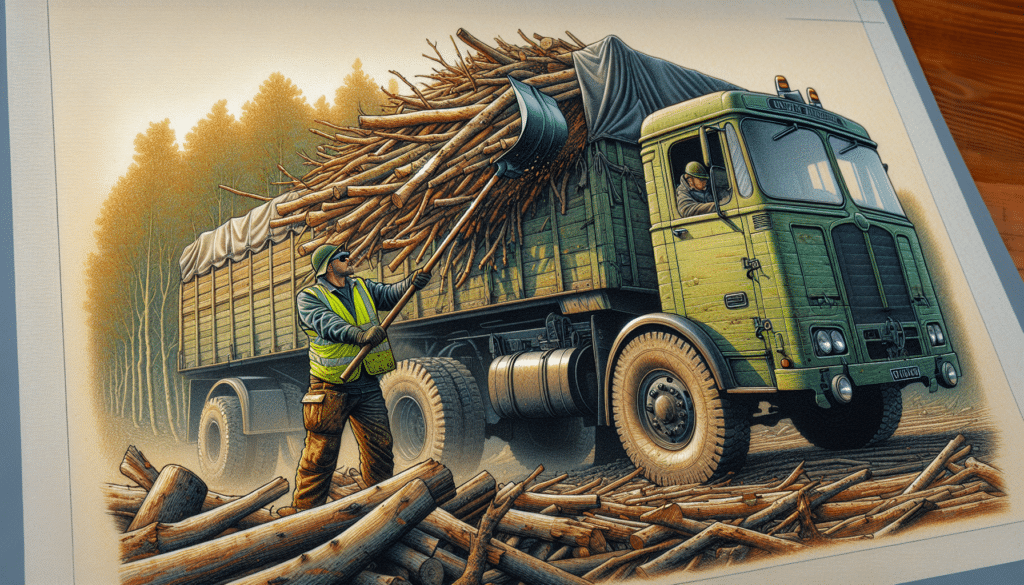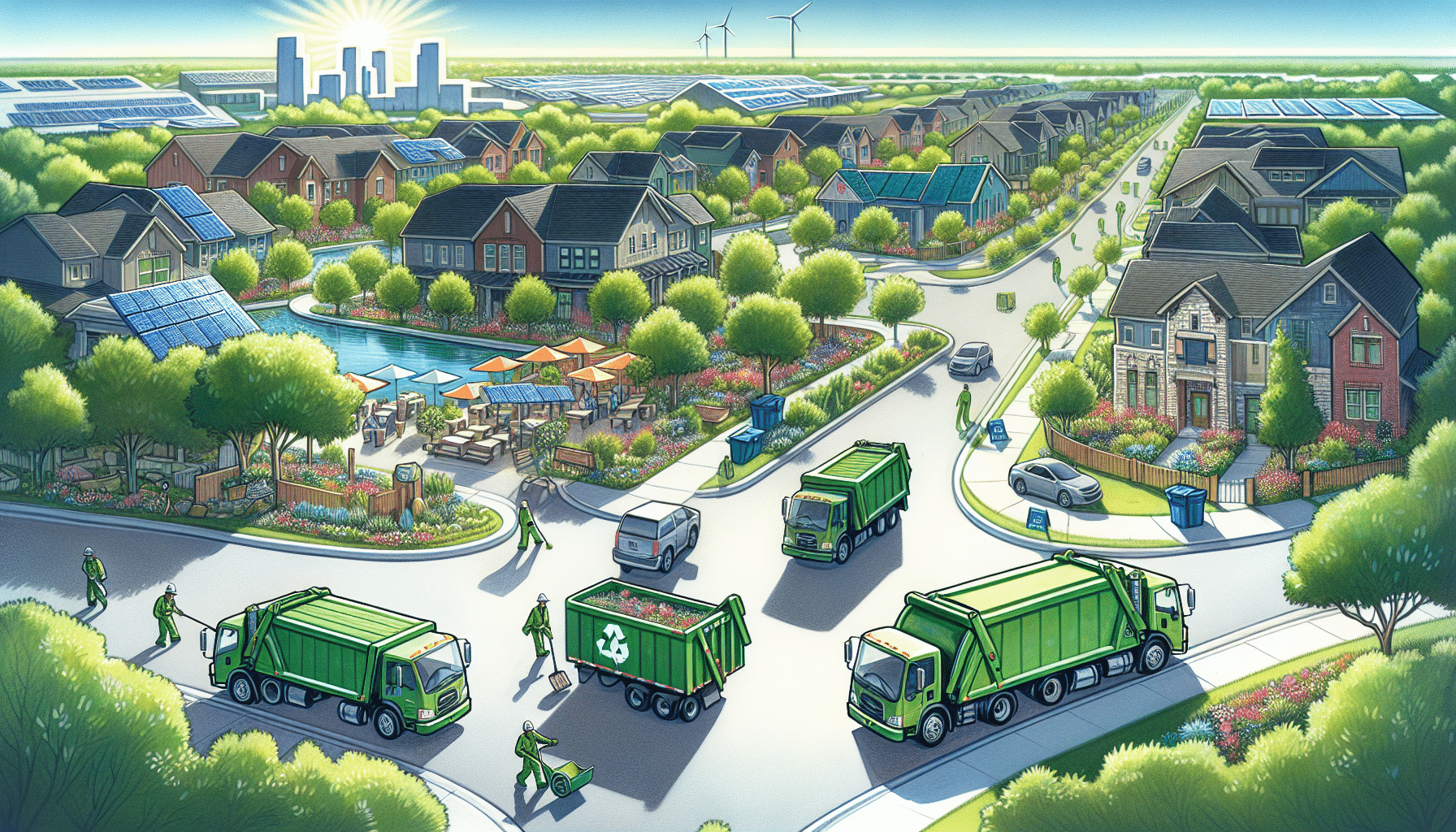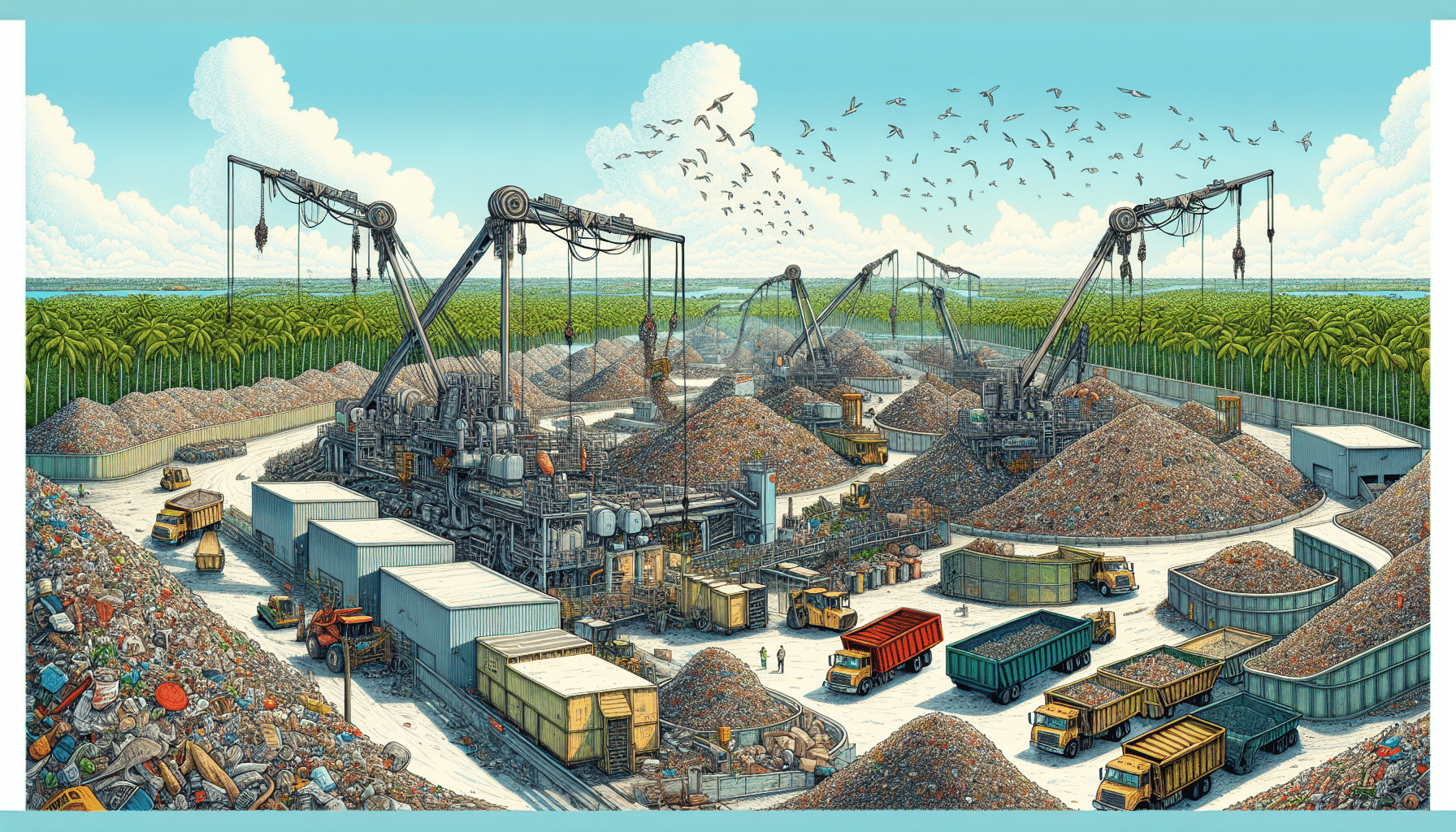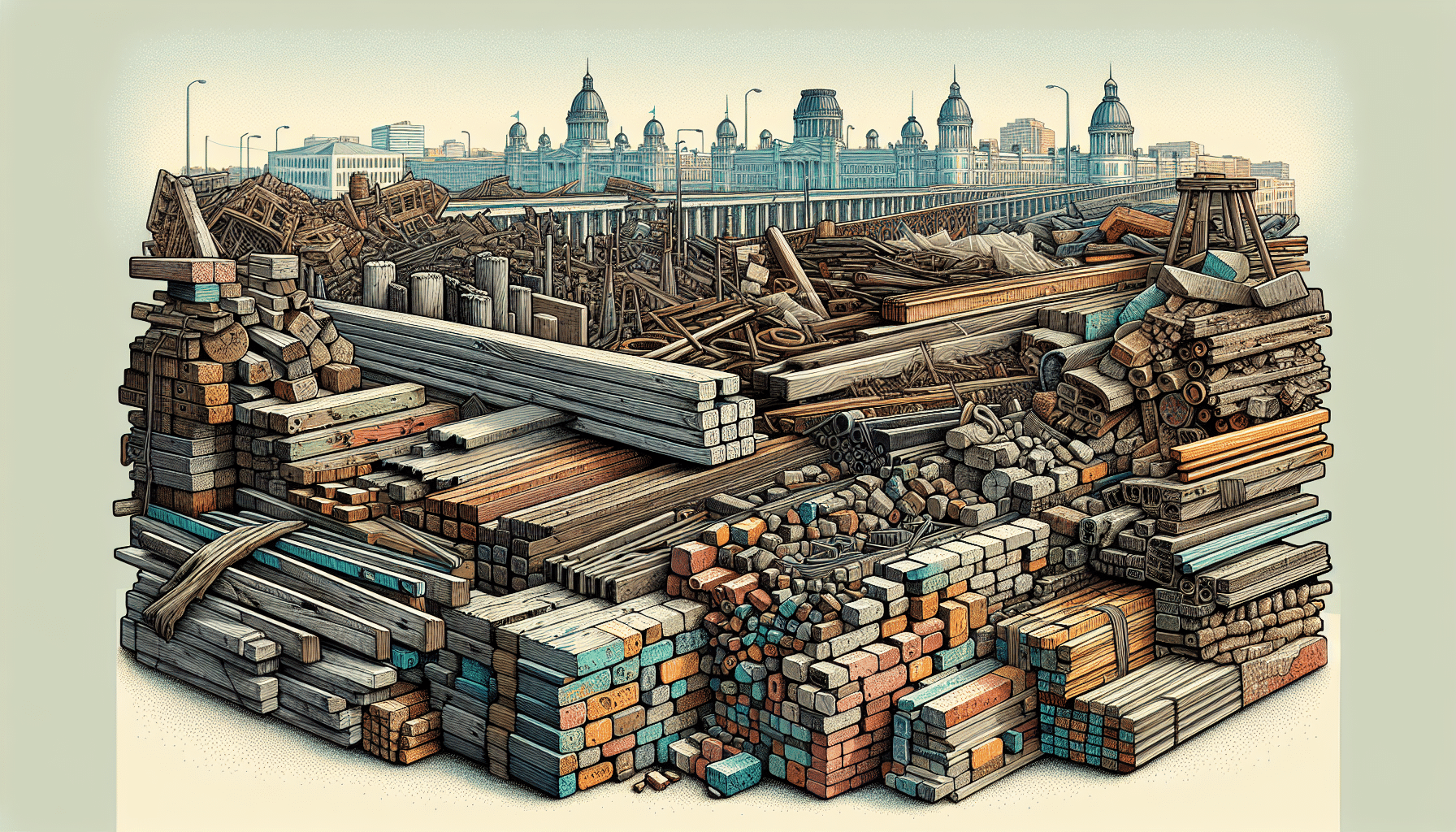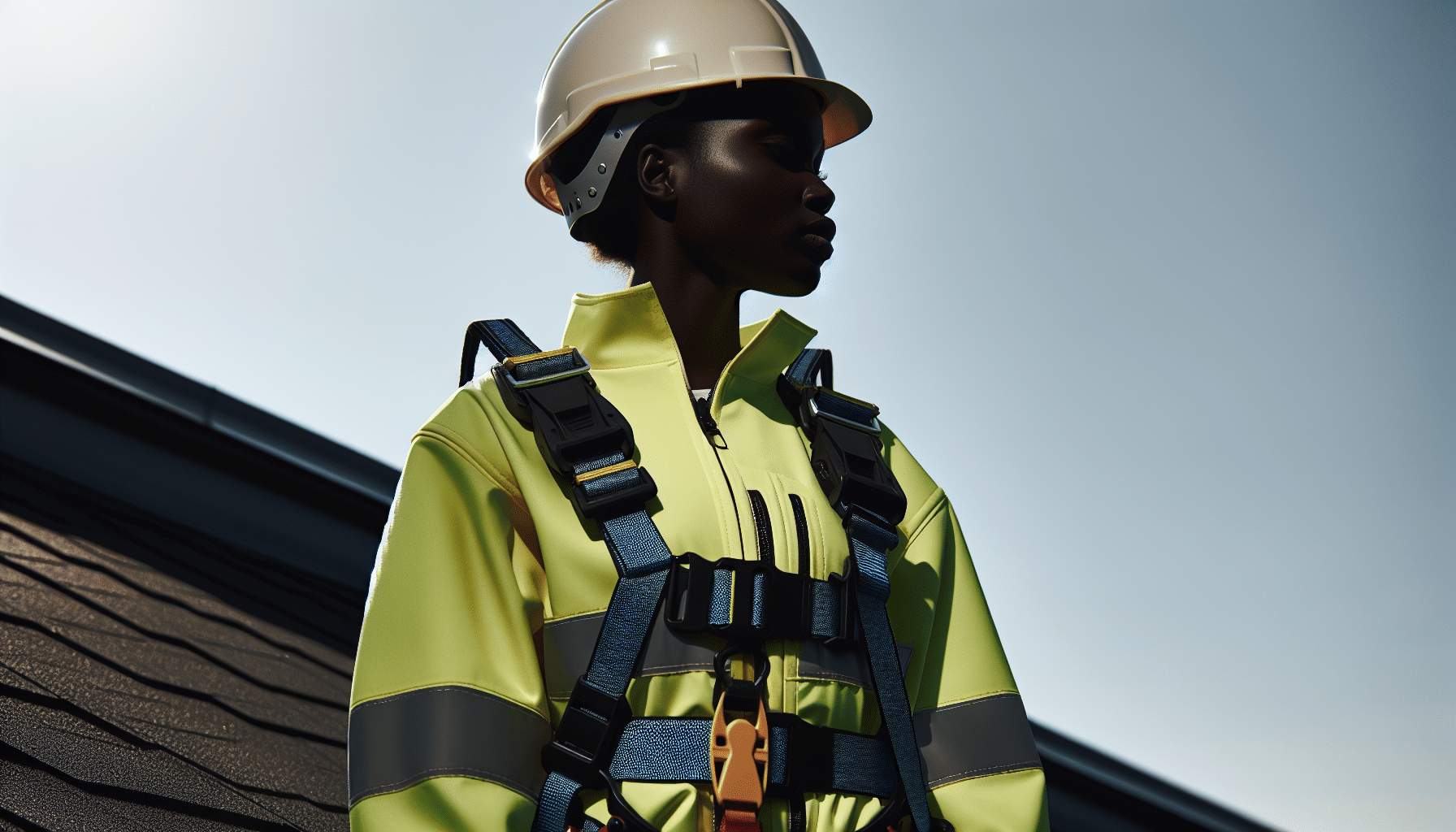Determining the tree debris removal cost hinges on several factors, including debris size and job urgency. This guide outlines these considerations, giving you a clear idea of potential expenses for professional tree debris removal services.
Key Takeaways
- Tree debris removal costs vary based on factors such as labor, equipment, disposal fees, and the size and location of the debris, which can include emergency service premiums and specialized equipment needs.
- Multiple pricing models exist for tree debris removal, including hourly rates, per-load pricing, and potential discounts for bulk removal or off-peak scheduling. Additional services like stump grinding and mulching can also affect the total cost.
- DIY tree debris removal can be risky and time-consuming. Professional services offer safety, efficiency, and regulatory compliance. It is necessary to understand local regulations to prepare for efficient debris pick-up.
Understanding Tree Debris Removal Costs

Tree debris removal costs are influenced by a variety of factors, including labor and equipment needs, disposal fees, emergency tree removal services, and specialized equipment for trees in poor condition. While it may seem like a simple process, there are many variables to consider when planning tree removal.
Size and Scope of Debris
The size of the debris plays a significant part in the cost to remove it. Some factors to consider include the truck size. A truck can carry a tree with a diameter of 18 inches and 24 feet tall in log form. Larger trees may necessitate additional trips or a larger hauling vehicle. Additional equipment might be required for thorough tree removal, such as bucket trucks. The size of the trees and the amount of equipment required can affect both the method and overall cost of removal.
Accessibility and Location
Location can also impact the cost of tree debris removal. For instance, if you live in a rural area, you may face extra charges due to the additional time and gas required for contractors to reach your property. The location and condition of the tree debris can further influence the cost, especially if the removal task involves additional risks such as proximity to power lines.
Disposal Methods
The method used to dispose of tree debris can significantly influence the cost. Disposal methods include chipping the branches into mulch, chopping them into firewood, or bringing them to a waste management facility. These methods can incur separate charges ranging from $75 to $250, and it’s crucial to clarify upfront whether these fees are included in the initial quote from the contractor.
Pricing Models for Tree Debris Removal Services
Professional tree debris removal service providers often have varying cost models, with some including affordable hourly rates, allowing customers to keep wood mulch or logs, and providing bulk discounts when scheduling the removal of multiple trees simultaneously. The following is a list of the different pricing models used by tree debris removal companies.
Per Load or Per Hour?
Tree debris removal services may offer pricing based on either an hourly rate or the size of the load. Hourly rates can range between $25 to $50 for tree debris services, with landscapers potentially charging $50 to $100 per hour. It’s important to consider the overall tree removal cost when planning for debris removal. In addition, customers should consider the yard debris removal cost for a comprehensive understanding of the expenses involved. Haulers might charge between $50 to $80 per hour for the loading process or propose per trip charges ranging from $75 to $250.
Emergency Services Premium
There are instances when emergency tree debris removal services are necessary. The prices are generally calibrated at significantly higher rates due to the urgency and risks involved. The debris removal cost for such services can range between $150 to $250 per hour, with additional charges of $100 to $150 per hour for services rendered outside of regular business hours.
Additional Services and Their Impact on Cost
In addition to the basic removal of tree debris, there are often extra services that can add to the final cost. These can include tasks like stump removal and wood chipping, which are usually carried out subsequent to tree removal.
Stump Grinding Costs
Stump grinding is an additional service that may be necessary after a tree has been removed. The cost of this service can vary greatly, from $140 to $450, influenced by the stump’s size, condition, and the complexity of the job. You should verify if these costs are part of your tree removal service quote.
Mulching and Recycling Options
Another possible service is the mulching of tree debris, which can be a part of yard debris removal. Mulching not only aids in the yard waste disposal process but can also provide a cost-effective alternative for homeowners. Some contractors charge an additional fee for mulching the debris, but may offer the resulting mulch for free if requested. The rates for turning tree debris into wood chips for landscaping are typically between $75 and $125 per hour.
DIY vs. Professional Tree Debris Removal
While the idea of removing tree debris yourself might seem cost-effective, it’s important to consider the risks. DIY tree removal is fraught with dangers for untrained individuals due to the hazards of climbing and operating heavy machinery. Hiring a junk removal service offers benefits like having trained professionals manage the waste removal process, providing recycling assistance, and ensuring sorted debris.
Necessary Equipment and Safety
If you’re still considering DIY tree debris removal, it is important to equip yourself with the appropriate tools and safety gear. The equipment needed for proper tree removal includes a hard hat, safety glasses, heavy gloves, ear protections, and safety chaps when using a chainsaw. Ladders should never be used when attempting to remove a fallen tree. Safe tree removal should only be done while remaining on solid ground while avoiding contact with the tree’s branches.
Time and Effort Considerations
While DIY removal may seem cost-effective, it requires a serious investment of time and effort. Without professional-grade equipment, DIY debris removal efforts might be inefficient and pose a risk of personal injury or property damage. A professional tree debris removal company provides convenience, efficiency, and peace of mind, typically justifying the additional cost.
How to Prepare for Tree Debris Removal
Having a plan in place is necessary before initiating the process of tree debris removal. This includes strategies for operations, which facilitate a systematic approach to the clearance, collection, handling, and disposal of tree debris. The following is an examination of the steps involved in the preparation for tree debris removal, especially regarding fallen trees.
Clearing Access Paths
It is essential to clear access to the debris site for a more efficient removal process. Temporary clearing may be necessary during the response phase of debris removal, which involves moving debris out of the way rather than transporting it to another location.
Organizing Debris for Pick-up
Once you’ve cleared a path to the debris, the next step is to organize the debris for pick-up. This involves gathering tree debris into piles and then using chainsaws or cutters to chop the larger pieces, making hauling and pick-up more manageable. By separating tree debris into categories, such as larger and smaller debris piles, you facilitate efficient pick-up and sorting at waste management centers or temporary debris sites.
Local Regulations and Permits
Something that many people overlook when planning tree debris removal is the need to comply with local regulations and possibly obtain permits. Failing to comply with these regulations can lead to fines or legal actions. It is essential to understand your local requirements before beginning the tree removal process or you may be subject to a fine.
Seasonal Considerations in Tree Debris Removal
The timing of your tree debris removal can also have an impact on the cost and availability of services. For instance, the demand for tree debris removal services peaks during the summer, which can raise costs. However, there are ways to navigate these seasonal fluctuations. One strategy is to schedule your tree debris removal during less busy times, such as early winter, which can lead to cost savings due to off-peak discounts. This can be a savvy way to manage your tree debris removal budget.
Comparing Quotes from Tree Removal Services
Once you’ve gathered all this information, it’s time to start shopping around for quotes from different tree removal services. By comparing estimates from various companies, you can gain a better understanding of the typical cost and services offered, and use this information to negotiate more competitive prices.
What to Look for in a Quote
Having quotes provided in writing is key to ensure a formal record of the agreed services and costs. A detailed written estimate should explicitly state all the services included, such as the scale of debris removal, equipment used, and labor costs, to prevent any hidden charges. If an estimate appears to lack details or seems incomplete, it is advisable to request further itemization or clarification to avoid surprises with the final bill.
Summary
Understanding the costs involved in tree debris removal is crucial for effective planning and budget management. From considering the size and scope of debris, accessibility and location, to factoring in disposal methods, every aspect plays a role in the overall cost. Moreover, understanding the pricing models and the impact of additional services can help you make an informed decision. Always remember to comply with local regulations and consider seasonal factors when planning your tree debris removal. Finally, take your time to compare quotes from different services and ensure that you understand all the details in the quotes you receive before proceeding with hiring.
Frequently Asked Questions
How much does it cost to haul away junk?
The national average cost of junk removal is between $200 to $250, pricing by volume with a one-eighth truckload minimum. A full truckload may cost between $400 and $800, depending on the company and the amount of debris.
How much is it to remove brush?
The cost of removing brush varies, with an average range of $20 to $2,000 per acre, depending on the extent of work and equipment needed. Additional costs may include tree removal, which can amount to hundreds of dollars per acre.
What factors influence tree debris removal costs?
The cost of tree debris removal is influenced by factors such as the size and scope of the debris, accessibility and location, disposal method, and the need for additional services like stump grinding or mulching.
Is it cheaper to remove tree debris myself?
It may seem cheaper, but DIY tree debris removal can be time-consuming and risky without professional equipment, potentially leading to personal injury or property damage. Hiring professionals can provide convenience, efficiency, and peace of mind, offsetting the additional cost.
Do I need a permit for tree debris removal?
Yes, you may need a permit for tree debris removal, as local regulations vary and non-compliance can result in fines or legal actions.
